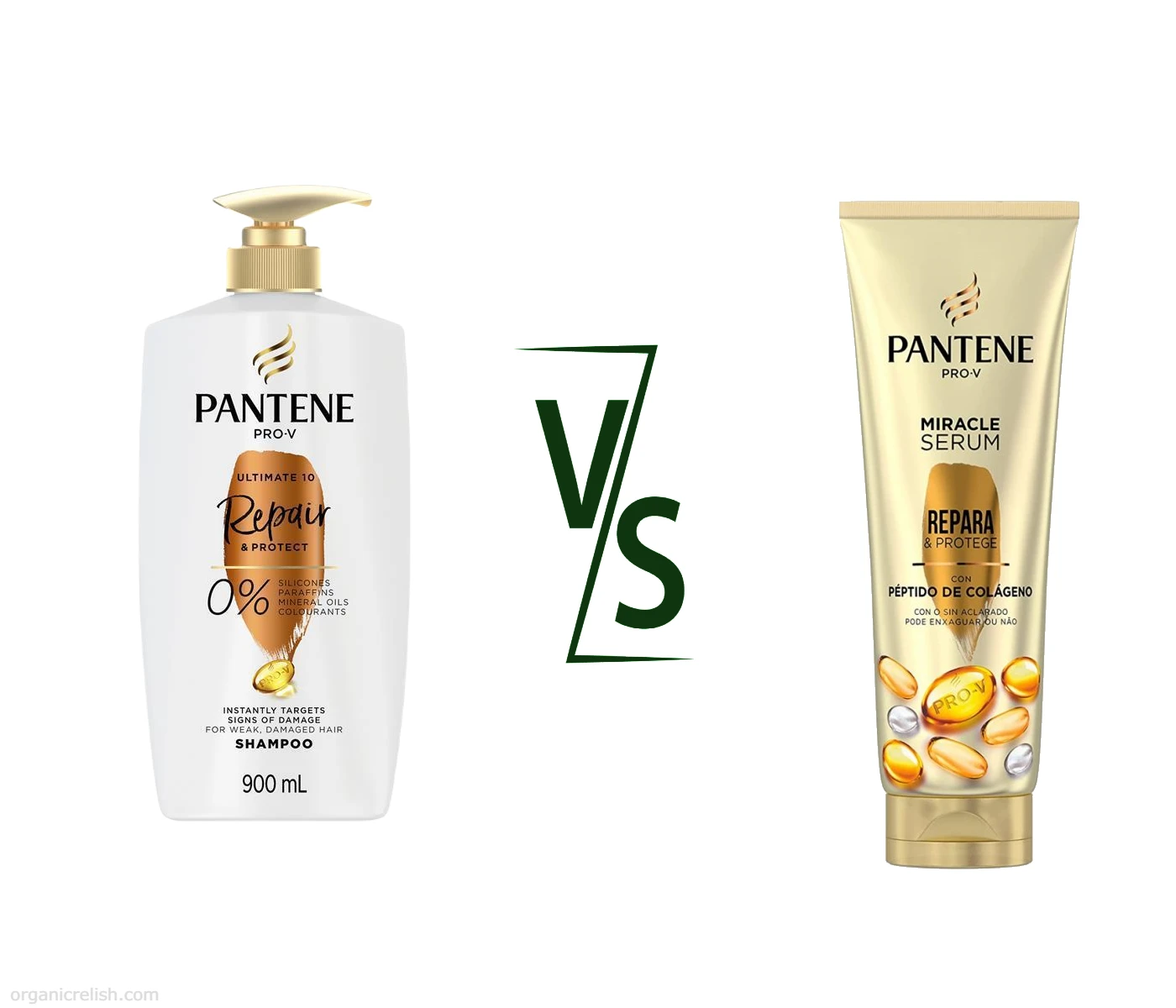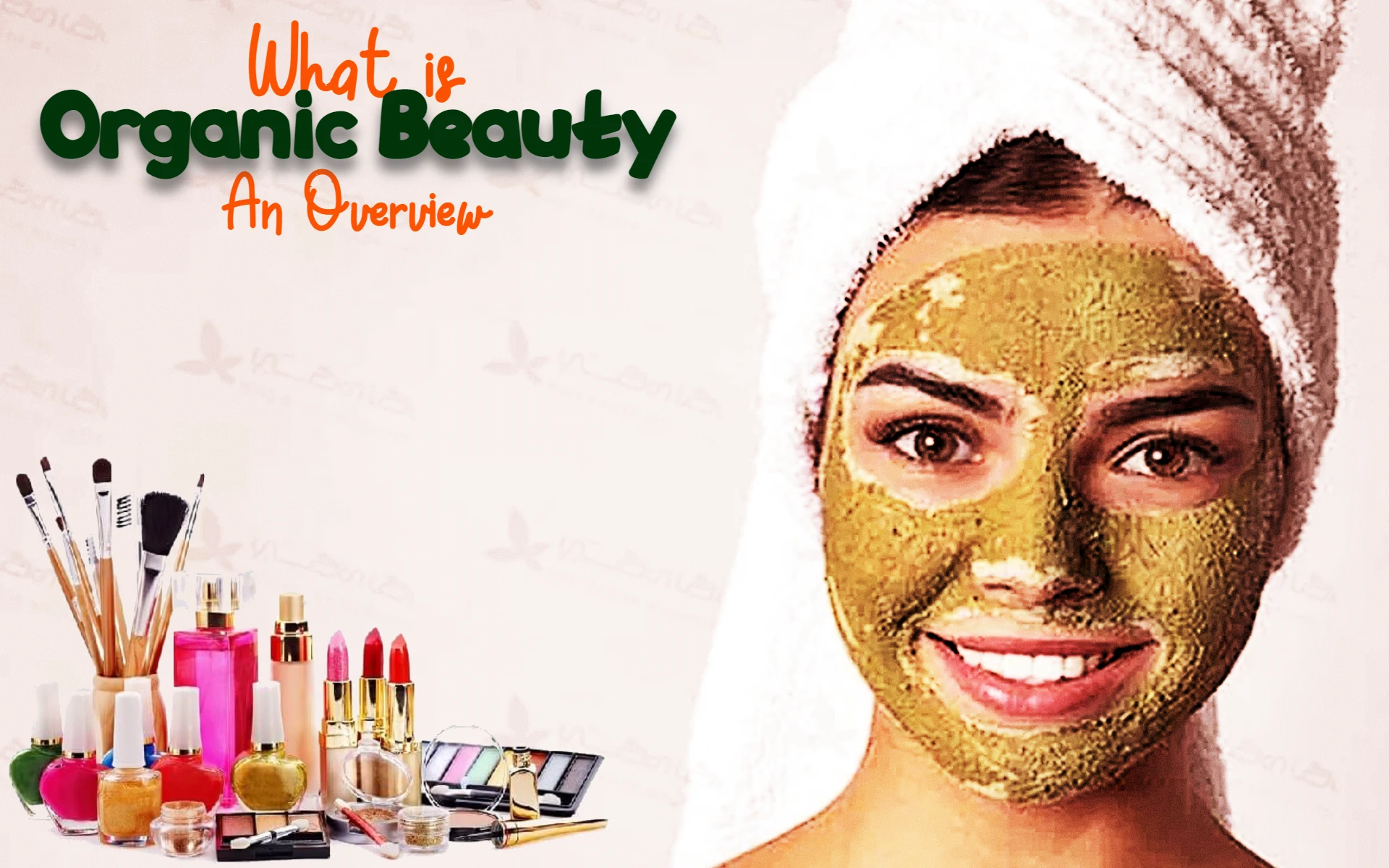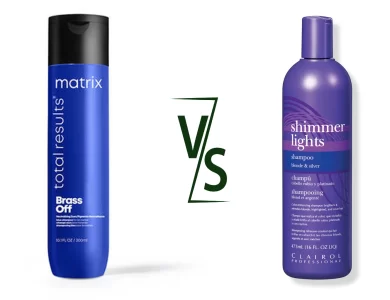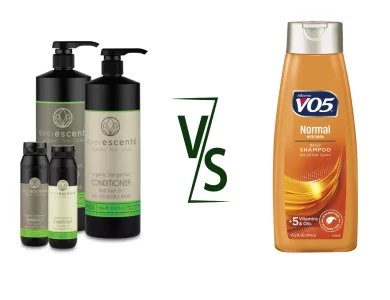Shampoo vs. Conditioner
Discover the essential differences between conditioner and shampoo

Shampoo and conditioner serve distinct yet vital roles in hair care. Shampoo is designed to cleanse hair and scalp, eliminating dirt, oil, and product buildup using cleansing agents called surfactants. On the other hand, conditioner nourishes and detangles hair, enhancing manageability with ingredients like oils, proteins, and moisturizers. The application techniques vary: shampoo is lathered onto wet hair and scalp, while conditioner is smoothed onto damp hair, mainly from mid-length to tips. Understanding your hair type and its needs is crucial for selecting the right shampoo and conditioner, ensuring a harmonious balance for healthy, beautiful locks.
| Aspect | Shampoo | Conditioner |
|---|---|---|
| Main Function | Cleanses hair and scalp, removing dirt and oil | Nourishes hair, enhances manageability, and detangles |
| Formulation | Contains cleansing agents (surfactants) | Enriched with oils, proteins, and moisturizers |
| Cleansing Power | Removes dirt, oil, and product buildup | Focuses on nourishing without deep cleansing |
| Application | Lathered onto wet hair and scalp | Smoothed onto damp hair, mainly mid-length to tips |
| Hair Type Focus | Addresses scalp concerns and various hair types | Tailored to specific hair type and nourishment needs |
| Usage Frequency | Used less frequently, based on scalp and hair needs | Used more regularly for consistent nourishment |
| Primary Benefits | Cleanses, refreshes, and removes impurities | Nourishes, softens, detangles, and adds shine |
| Common Ingredients | Surfactants, cleansing agents | Oils, proteins, silicones, humectants |
| Hair Care Routine | Typically used at the beginning of hair care | Often used after shampooing for optimal results |
| Detangling | May help with mild detangling | Focuses on effective detangling and manageability |
| Styling Consideration | Prepares hair for styling and treatment products | Adds a protective layer and improves hair texture |
Differences Between Shampoo vs Conditioner
The Basics: Shampoo and Conditioner Defined
Shampoo: Picture this – a bustling morning, a shower stall enveloped in steam, and the invigorating aroma of your favorite shampoo. Shampoo is a magical elixir designed to cleanse your hair and scalp from dirt, excess oil, and product buildup, leaving you with a refreshed and squeaky-clean feeling. Formulated with cleansing agents known as surfactants, shampoos work wonders in breaking down the grime that accumulates in your hair. Whether you’re battling the aftermath of a rigorous workout or simply looking to pamper your locks, shampoo is your go-to partner in grime-fighting.
Conditioner: Now, let’s transition to another phase of this enchanting haircare symphony – conditioning. Imagine stepping out of the shower, your hair dripping with water, and the velvety touch of conditioner as it glides through your strands. Conditioner, often referred to as the unsung hero of haircare, is designed to nourish, detangle, and enhance the overall manageability of your hair. Packed with ingredients like oils, proteins, and moisturizers, conditioners work their magic by replenishing moisture, smoothing the hair’s cuticle, and bestowing a lustrous finish upon your tresses.
Battle of Functions: Cleansing vs Nourishing
Shampoo’s Dominance: The Cleansing Crusader Shampoo, my friends, is the undisputed champion when it comes to cleansing. Think of it as a trusty knight, battling against the foes of dirt, oil, and pollutants that threaten the sanctity of your hair and scalp. The primary function of shampoo is to rid your hair of impurities that accumulate over time. It’s the knight in shining armor that rescues your scalp from excess oiliness, grime, sweat, and the remnants of hairstyling products.
Shampoos owe their cleansing prowess to a blend of powerful ingredients, notably surfactants. These remarkable molecules possess hydrophilic (water-attracting) and lipophilic (oil-attracting) parts, allowing them to bind to both water and oil. As you massage shampoo into your hair, these surfactants work harmoniously to lift away the unwanted debris, leaving your hair feeling refreshingly light and your scalp thoroughly cleansed.
Conditioner’s Triumph: The Nourishing Knight While shampoo valiantly fights the battle against dirt, conditioner swoops in as the nurturing knight – it’s all about fortifying and enriching your strands. Just as a knight’s armor shields them from harm, conditioner forms a protective layer around your hair, locking in moisture and preventing damage caused by factors like heat styling, environmental aggressors, and mechanical stress.
The secret to conditioner’s effectiveness lies in its formulation. Think of it as a potion brewed with ingredients like oils, silicones, proteins, and humectants. These elements work together to smoothen the hair’s cuticles, reducing frizz, enhancing shine, and facilitating detangling. Unlike the occasional use of shampoo, conditioner often becomes a regular companion in your haircare routine, ensuring that your tresses remain well-hydrated, manageable, and resistant to breakage.
Application Techniques: Lathering vs Smoothing
Shampoo Application: The Art of Lathering Ah, the ritual of shampooing – a dance between your fingertips and your hair. As you step under the cascading water, you dispense a dollop of shampoo into your palm, the scent mingling with the steam. With gentle circular motions, you massage the shampoo onto your wet hair and scalp, allowing the lather to work its cleansing magic. This frothy embrace helps distribute the cleansing agents evenly, ensuring that every strand gets the attention it deserves.
Remember, dear reader, to focus the lathering action on your scalp rather than aggressively scrubbing the length of your hair. The goal here is to cleanse your scalp thoroughly without unnecessarily stripping your ends of natural oils, which are essential for maintaining healthy hair.
Conditioner Application: The Art of Smoothing Now, let’s journey to the enchanting realm of conditioning. After rinsing off the foamy remnants of shampoo, it’s time to embrace the creamy caress of conditioner. Just as an artist gently strokes the canvas, you smooth conditioner onto your damp hair – usually from mid-length to the tips. This strategic approach ensures that the nourishing benefits of the conditioner are concentrated where they’re needed the most, without burdening your roots with excess moisture.
Here’s a pro tip: Use a wide-toothed comb or your fingers to evenly distribute the conditioner, gently detangling any knots that might have formed. Allow the conditioner to sit for a couple of minutes – a serene interlude to relish the pampering sensation – before rinsing it out with lukewarm water. This practice seals in the conditioner’s goodness, leaving your hair smoother, more manageable, and ready to take on the world.
Choosing the Right Sidekick: Hair Type Matters
Shampoo Selection: Tailoring to Your Needs Just as every knight is equipped with a unique set of armor, shampoos come in various formulations to cater to different hair types and concerns. Whether you’re blessed with luscious curls, poker-straight locks, or a glorious crown of coils, there’s a shampoo tailored to address your specific needs.
Take a moment to understand your hair type and its requirements. Are you battling an oily scalp? Opt for a clarifying shampoo that deeply cleanses without overstripping. Is your hair color-treated? Seek out a sulfate-free shampoo that preserves your vibrant hues. Embrace the journey of trial and error to discover the shampoo that best resonates with your hair’s unique personality.
Conditioner Selection: Crafting Your Ideal Nourishment Just as a knight’s preferences influence their choice of weaponry, your hair’s characteristics should guide your conditioner selection. Is your hair prone to dryness? Seek out a rich, moisturizing conditioner infused with ingredients like shea butter or argan oil. Is your hair fine and easily weighed down? Embrace a lightweight, volumizing conditioner that adds body without sacrificing bounce.
While conditioner is generally a friend to all hair types, the key is to identify your hair’s needs and choose a conditioner that aligns with them. Remember, dear reader, that using a conditioner that complements your hair’s requirements can spell the difference between lackluster locks and a head of hair that radiates vitality.
The Rhythm of Harmony: Shampoo-Conditioner Symbiosis
In the symphony of haircare, shampoo and conditioner play distinct yet harmonious roles. Much like the rhythm and melody in a musical composition, the interplay of these two essentials creates a harmonious balance that brings out the best in your hair. Let’s recap the enchanting differences that set shampoo and conditioner apart:
| Aspect | Shampoo | Conditioner |
|---|---|---|
| Main Function | Cleansing and removing impurities | Nourishing, moisturizing, and enhancing manageability |
| Application | Lathering onto wet hair and scalp | Smoothing onto damp hair, mainly from mid-length to tips |
| Ingredients | Contains surfactants for cleansing | Enriched with oils, proteins, and moisturizers for nourishment |
| Hair Type Focus | Addressing scalp concerns and hair type | Tailored to specific hair type and nourishment needs |
| Frequency of Use | Typically used less frequently, based on scalp and hair needs | Often used more regularly for consistent nourishment |
As you journey through the world of haircare, remember that both shampoo and conditioner are invaluable allies in your quest for healthy, beautiful hair. Just as harmony emerges from the collaboration of different musical notes, the symphony of shampooing and conditioning creates a masterpiece that is uniquely you. So, dear reader, go forth with this newfound wisdom and let your hair shine like the radiant star that you are!
FAQs
Shampoo is designed to cleanse the hair and scalp, removing dirt, oil, and product buildup. Conditioner, on the other hand, nourishes the hair, enhances manageability, and helps detangle strands.
Shampoo contains cleansing agents, often referred to as surfactants, which break down and remove impurities. Conditioner is enriched with ingredients like oils, proteins, and moisturizers that provide nourishment and enhance the texture of the hair.
It’s not recommended. Shampoo and conditioner serve different purposes. Shampoo is essential for cleansing, while conditioner focuses on nourishment and detangling. Using one in place of the other might not yield the desired results.
Shampoo should be lathered onto wet hair and scalp, focusing on massaging the scalp to remove impurities. Conditioner is smoothed onto damp hair, mainly from mid-length to tips. Leave it on for a few minutes to allow the nourishing ingredients to work before rinsing.
Shampooing every day might strip the hair of its natural oils, leading to dryness. Depending on your hair type and needs, you might need to shampoo every few days. Conditioner, on the other hand, is generally safe for regular use, as it doesn’t cleanse the hair but rather provides nourishment.
Shampoos contain surfactants, foaming agents, and cleansing ingredients. Conditioners often contain oils, silicones, proteins, and humectants to moisturize and enhance hair texture.
While it’s not the traditional approach, some people use a technique called “pre-pooing” where they apply conditioner to their hair before shampooing. This can help minimize the drying effects of shampoo on the hair.
Consider your hair type, whether it’s oily, dry, curly, straight, or color-treated. Look for products specifically formulated to address your hair’s needs and concerns, such as clarifying shampoos for oily hair or hydrating conditioners for dry hair.
Yes, using a lightweight, oil-free conditioner can help keep your hair nourished without making it feel greasy. Avoid applying conditioner to the scalp; focus on the mid-lengths and ends.
While it’s best to incorporate both shampoo and conditioner into your routine, if you’re in a rush, prioritize using conditioner as it adds nourishment and manageability to your hair. But remember, consistency in both steps yields the best results over time.
Read More:



